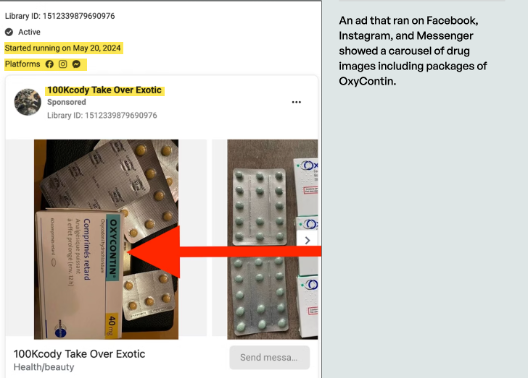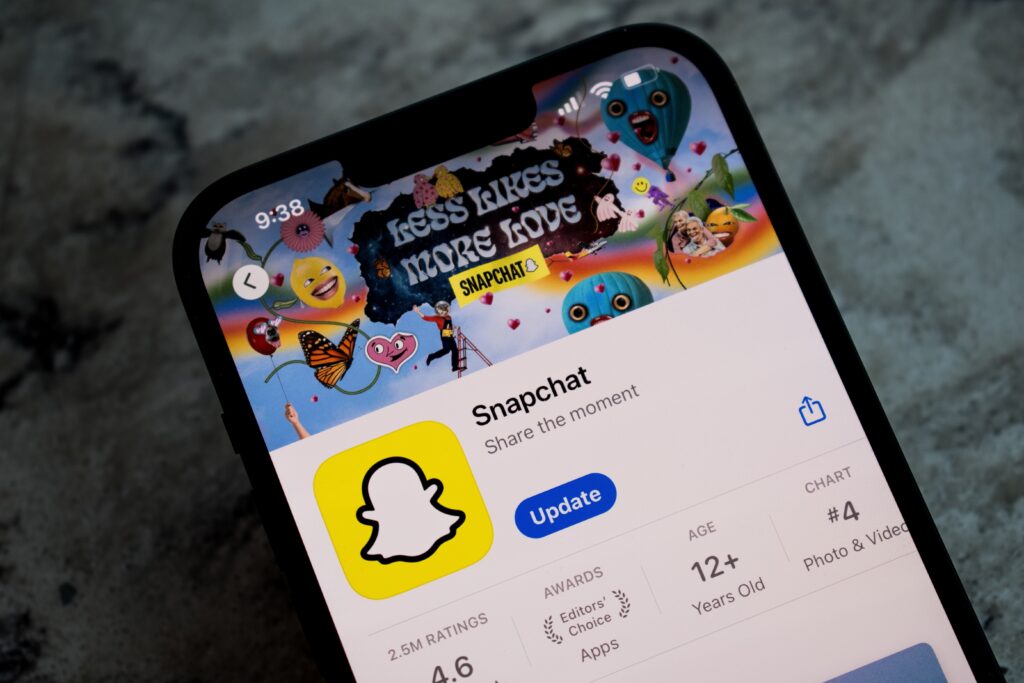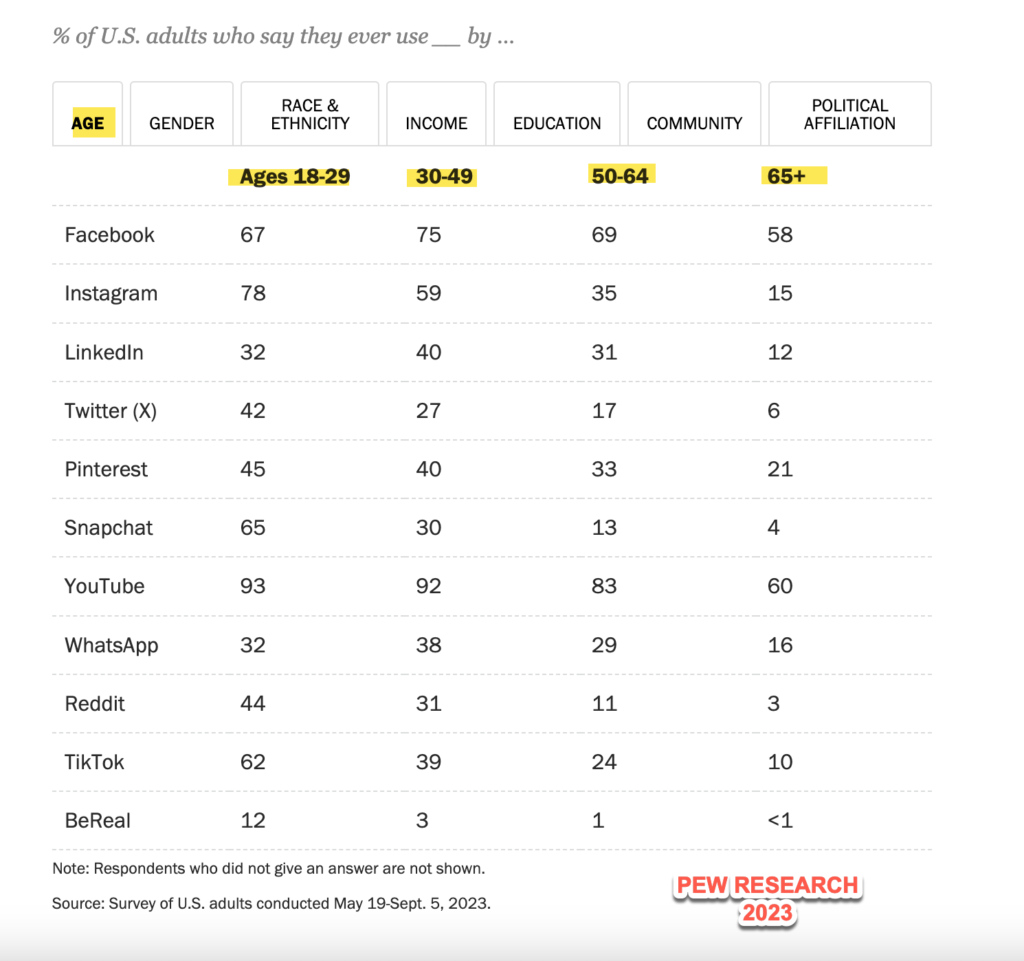Social Media users, especially younger generations, often use slang to communicate. You may have heard a phrase or two from a Gen Zer that made you pause and wonder what they meant by that! One that I hear a lot in my personal life is “spill the tea” ~ which means “tell me the gossip.” Innocent enough, but when conducting a social media deep dive on a person of interest, it is critical to educate yourself. Without knowledge of these terms, investigators might miss crucial details.
Identifying Drug Activity
Recently the publication, WIRED covered the subject of drug sales and drug use in social media. More and more dealers and consumers are using a combination of emoji’s and slang as a way to communicate. This has morphed into getting the delivery of your drugs via the USPS, rather than meeting the dealer on a street corner or in the dark web. Some dealers have even sponsored social media posts to gain more traffic. “Dealers ran hundreds of paid advertisements on Meta platforms in 2024 to sell illegal opioids and what appeared to be cocaine and ecstasy pills, according to a report this year by the Tech Transparency Project, and federal prosecutors are investigating Meta over the issue”.

Staying educated is one way to stay ahead of this. Here are some examples of the new terms used in social media along with their meanings:
Common Slang Terms Used by Drug Dealers:
- Plug: Refers to a supplier or someone who can provide drugs.
- Connect: Another term for a supplier or source for drugs.
- Re-up: The act of replenishing a drug supply.
- Slab: A large quantity of drugs, often sold in bulk.
- Cut: Additives used to dilute or enhance drugs.
- Cook-up: The process of preparing drugs, particularly in creating unique combinations.
*Resource: Higher Language
Gen Z Slang
Generation Z (Gen Z) generally includes individuals born between 1997 and 2012, according to the Pew Research Center. However, some sources may slightly adjust these dates, with ranges often extending from 1995 to 2010 or similar variations.
As of 2025, Gen Zers are approximately 13 to 28 years old.
Generation Z has developed a vibrant wordlist of slang terms that are widely used across social media platforms. Here are some of the most popular expressions:
Rizz: Derived from “charisma,” this term refers to someone’s ability to attract or charm others, especially in a romantic context.
Delulu: A playful abbreviation of “delusional,” used to describe someone who has unrealistic fantasies, particularly about relationships or personal aspirations.
The ick: A sudden feeling of discomfort or repulsion towards a person, often triggered by a specific behavior or trait.
Bussin’: Used to describe something exceptionally good or delicious, commonly in reference to food.
Mid: A term signifying that something is mediocre or average in quality.
Simp: Describes someone who is overly attentive or submissive to another person, often in a romantic context, without reciprocation.
No cap: A phrase used to assert that someone is telling the truth or being genuine.
Cheugy: Refers to something that is outdated or no longer trendy.

Glow up: Describes a significant transformation, often in appearance or style, indicating improvement.
Stan: A blend of ‘stalker’ and ‘fan,’ it denotes someone who is an enthusiastic and devoted admirer of a celebrity or public figure.
Ghosting: The act of suddenly cutting off all communication with someone without explanation, typically in a dating context.
Salty: Feeling upset or bitter, often in response to a perceived slight or disappointment.
Bet: A term used to express agreement or affirmation, similar to saying “okay” or “sure.”
Fam: Short for “family,” but often used to refer to close friends or a trusted group.
Sheesh: An exclamation used to express disbelief, admiration, or exasperation.
Resource: Parade








